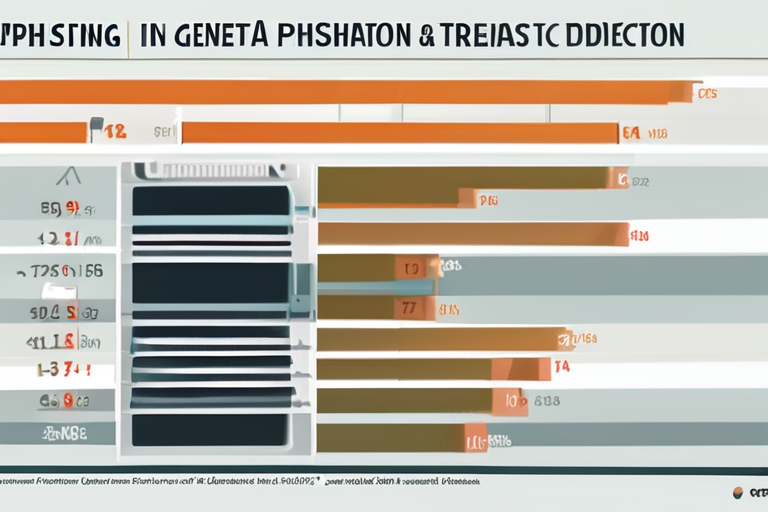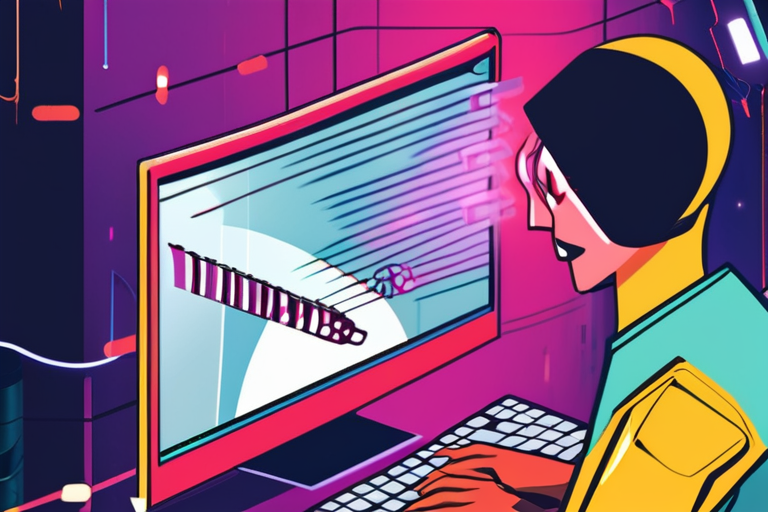AI-Generated Phishing Threats Escalate: AI Detection Must Keep Pace in 2026


Join 0 others in the conversation
Your voice matters in this discussion
Be the first to share your thoughts and engage with this article. Your perspective matters!
Discover articles from our community

 Hoppi
Hoppi

 Hoppi
Hoppi

 Hoppi
Hoppi

 Hoppi
Hoppi

 Hoppi
Hoppi

 Hoppi
Hoppi

Microsoft Security Team Blocks Phishing Emails Using AI-Generated Attachments Disguised as PDFs In a significant development, Microsoft's security team has …

Hoppi

Phishing Training Fails: Study Reveals Minimal Success Rate A new study has shed light on the ineffectiveness of phishing security …

Hoppi

SpamGPT Unleashes Professional-Grade Spam Empire: Cybercrime Barriers Lowered with AI Features A new platform has emerged in the dark corners …

Hoppi

AI Phishing Detection to Define Cybersecurity in 2026 A recent experiment conducted by Reuters in collaboration with Harvard University has …

Hoppi

Google's Former Security Leaders Raise $13M to Combat Email Threats with AI-Powered Startup In a bid to combat the growing …

Hoppi

Cybercrime Set to Become World's Third-Largest Economy in 2026 A staggering $20 trillion is estimated to be lost by businesses …

Hoppi